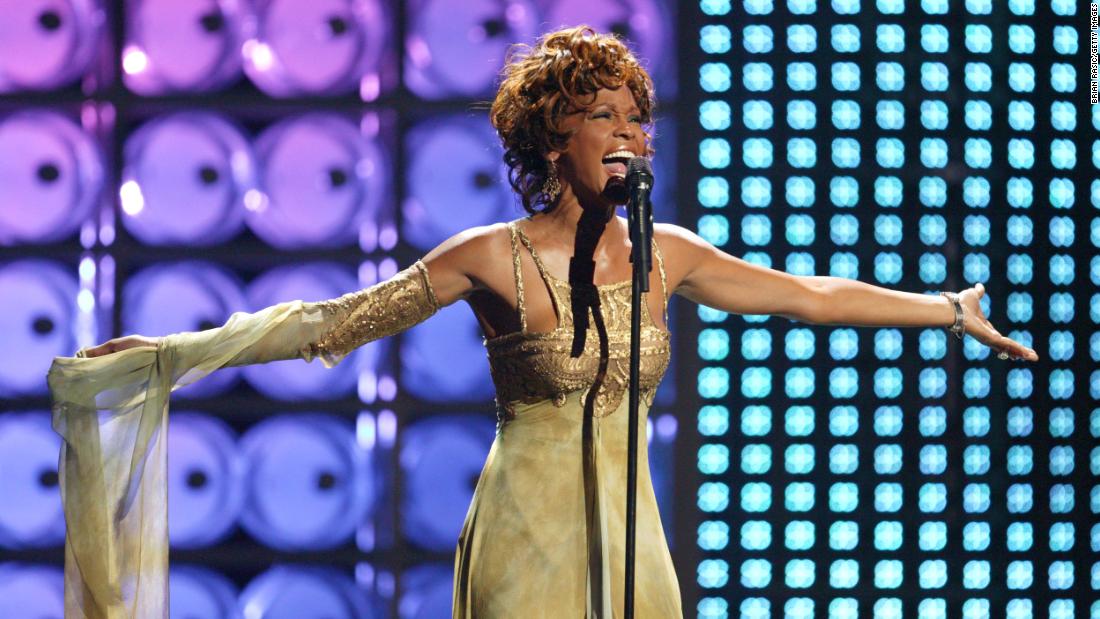

Within the Season 9 finale of “RuPaul’s Drag Race,” in 2017, Sasha Velour confronted off towards Shea Couleé. As the 2 queens approached the top in their lip-sync combat, Velour left the target audience shocked when she lifted her wavy pink wig from her bald head and, to everybody’s wonder, unleashed a swirl of rose petals.
I frequently revisit that efficiency and replicate at the pleasure that it and such a lot of Houston’s song deliver me, particularly on days like as of late, which marks the 10-year anniversary of her loss of life, on February 11, 2012. And particularly as a homosexual guy. Many queer other folks — and in particular homosexual males — see slices of their very own struggles and aspirations mirrored within the loved famous person’s existence and paintings, and her presence resonates all through queer tradition. (Remember the fact that captivating dance collection within the 2018 coming-of-age film “Love, Simon,” a few closeted homosexual teenager?)
However Guilbert’s is just a partial clarification. How did Houston turn out to be, and stay, a homosexual icon?
Loneliness
No less than a part of Houston’s queer attraction is the profoundly acquainted isolation that edges lots of her motion pictures and songs, in line with Aaron Foley, a journalist and Houston superfan.
“There may be an undercurrent of loneliness in numerous Houston’s paintings,” Foley mentioned. “Bring to mind ‘The Bodyguard.’ She does not get the hero on the finish. They get a divorce. That is the a part of the film that individuals omit. So, there is a sense of longing, and a way of looking for your self.”
The cerebral Velour sought to seize the sensation of isolation, amongst different issues, in her show-stopping “Drag Race” efficiency.
“I noticed the rose petals as a type of iconography or metaphor,” she advised CNN. “Loneliness, heartache, love, loss, grieving — I will be able to pay attention other colours of all of that during ‘So Emotional.’ I sought after to take one thing huge like that, and simply demonstrate the way it builds and builds as her (Houston’s) efficiency will get extra intense.”
“Houston confronted numerous demanding situations with id,” Foley mentioned, relating to the singer’s battles along with her racial id and sexuality. “There have been portions of her id that she saved hidden away and struggled with, however then there have been portions that we noticed in live shows — when she was once glammed up and glamorous.”
Queer other folks can most likely relate to that; there are occasions once we stay our sexuality hid, in particular when doing so would possibly assist us keep away from threat or scrutiny.
Freedom
Simon’s dream is set liberation, concerning the freedom he believes he will to find if he can get to a spot the place he can also be himself, with Houston’s peppy lyrics as his information. Certainly, it is Houston’s song that makes Simon’s private struggles develop a bit of dimmer. After all, liberation is not a uniquely queer revel in. However for a group that is lengthy suffered from informal and state-sanctioned bigotry, it has a definite resonance.
“She was once in point of fact the primary one to do the ones giant area remixes in some way we were not in point of fact seeing from Black women,” Kennedy advised CNN. “There was once a component of efficiency in an area the place queer other folks, particularly Black queer other folks, have been in a position to search out freedom and liberation. That is our reference to diva figures — how they make us really feel, and it is normally rooted in some type of liberation.”
So, possibly it is if truth be told a poignant brew of loneliness and liberation that makes Houston’s sensibility so interesting to queer listeners. In spite of everything, on the similar time she stated that one thing wasn’t proper, she insisted that, in the end, it might be ok.
